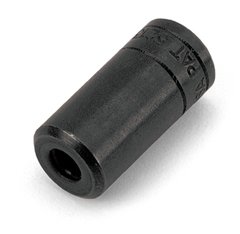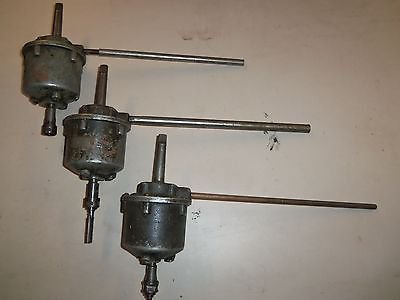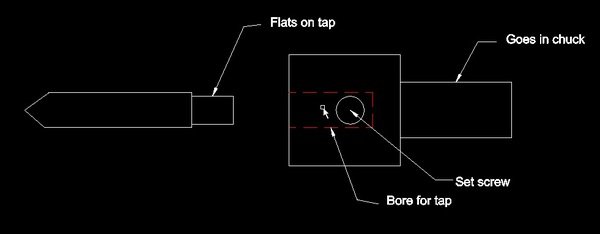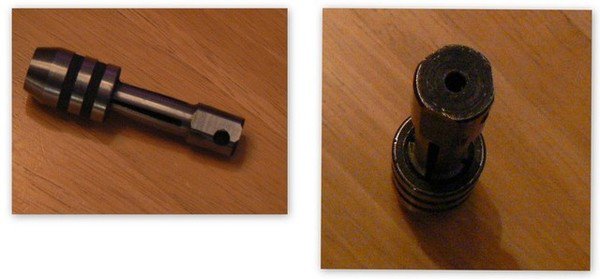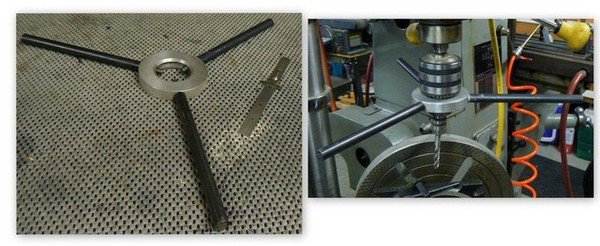- Joined
- Nov 12, 2013
- Messages
- 32
I'm aware of quite a few designs and suggestions for building tapping machines, but unfortunately there doesn't seem to be much detail on the holding arrangement for taps.
Taps mount into tap wrenches which are manufactured to engage on the four sides at the end of the tap.
Using normal chucks there is always a problem in getting them tight enough to preventing them turning within the chuck.
So lads, does anyone have any thoughts or any ideas on the construction of a chuck which will engage the tap securely....?
Thanks,
Norm.
Taps mount into tap wrenches which are manufactured to engage on the four sides at the end of the tap.
Using normal chucks there is always a problem in getting them tight enough to preventing them turning within the chuck.
So lads, does anyone have any thoughts or any ideas on the construction of a chuck which will engage the tap securely....?
Thanks,
Norm.


